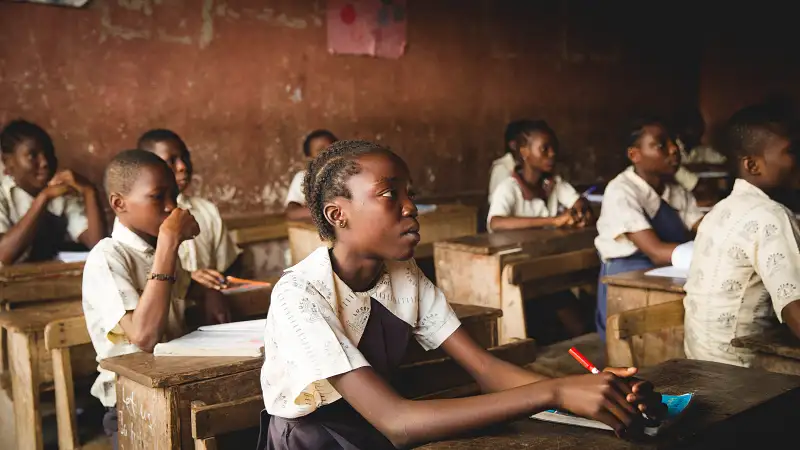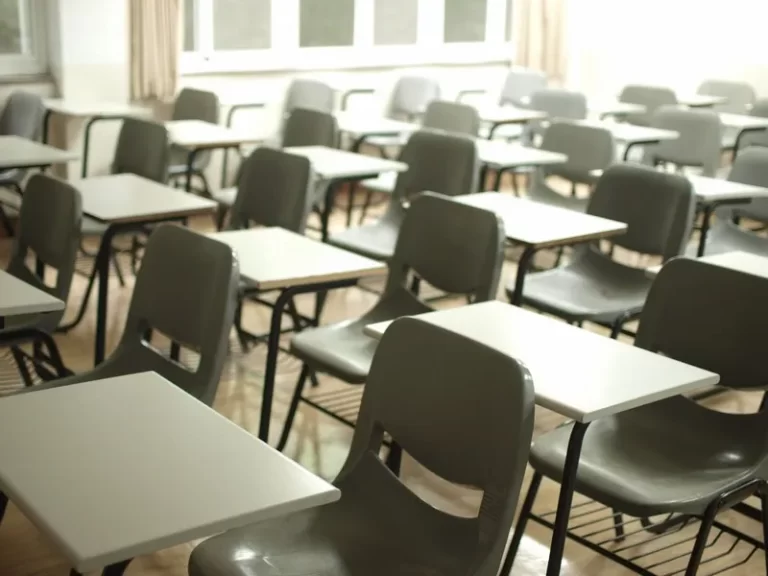In the field of sociology, Talcott Parsons is a renowned figure known for his contributions to the study of social systems and institutions. One of his key concepts is the idea that schools play a significant role in the process of secondary socialization. In this article, we will outline and explain Parsons’ perspective on how schools function as a form of secondary socialization.
Understanding Secondary Socialization
Before delving into Parsons’ theory, it is important to grasp the concept of secondary socialization. Primary socialization occurs during early childhood within the family unit, where individuals learn basic norms, values, and behaviors. Secondary socialization, on the other hand, takes place outside of the family context and involves learning the rules and expectations of larger social systems, such as schools, workplaces, and communities.
The Role of Schools in Secondary Socialization
According to Parsons, schools are crucial institutions for secondary socialization as they serve as a bridge between the family and the wider society. Schools provide a structured environment where students learn not only academic knowledge but also social norms, values, and roles necessary for their integration into society.
Parsons argued that schools fulfill several key functions in the process of secondary socialization:
1. Transmission of Cultural Values
Schools play a vital role in transmitting cultural values from one generation to the next. Through formal and informal curriculum, students are exposed to a range of subjects, including history, literature, and social sciences. These subjects provide a foundation for understanding societal norms and values, fostering a shared cultural understanding among students.
2. Social Integration
Another function of schools is to promote social integration by bringing together students from diverse backgrounds. In the classroom, students interact with peers who may have different cultural, ethnic, or socioeconomic backgrounds. This exposure helps students develop social skills, empathy, and an appreciation for diversity, preparing them for future interactions within a multicultural society.
3. Role Allocation
Schools also play a role in preparing individuals for their future roles in society. Parsons argued that schools act as a meritocratic institution, where students are evaluated based on their abilities and talents. Through examinations, assignments, and assessments, schools identify and allocate individuals into different educational tracks, which later determine their occupational paths. This process helps ensure that individuals are placed in positions that align with their skills and abilities.
4. Socialization into Societal Roles
Furthermore, schools socialize students into specific societal roles. By adhering to timetables, following rules, and participating in extracurricular activities, students learn the importance of punctuality, discipline, teamwork, and respect for authority. These values and behaviors are essential for functioning within a structured society.
Critiques of Parsons’ Theory
While Parsons’ theory on schools as a form of secondary socialization has been influential, it has also faced criticism. Some argue that his theory overlooks the influence of social inequalities, such as socioeconomic status and cultural capital, which can impact educational outcomes. Additionally, critics argue that Parsons’ perspective assumes a harmonious relationship between schools and society, neglecting the potential for conflict and resistance within educational institutions.
Despite these critiques, Parsons’ theory provides valuable insights into the role of schools in secondary socialization. Schools serve as important institutions that not only impart academic knowledge but also socialize individuals into the norms, values, and roles necessary for their integration into society.
In conclusion, Talcott Parsons’ theory highlights the significance of schools as a form of secondary socialization. Through the transmission of cultural values, social integration, role allocation, and socialization into societal roles, schools contribute to the development of individuals as active members of society. While his theory has faced criticism, it remains a foundational perspective in understanding the role of schools in the process of secondary socialization.





